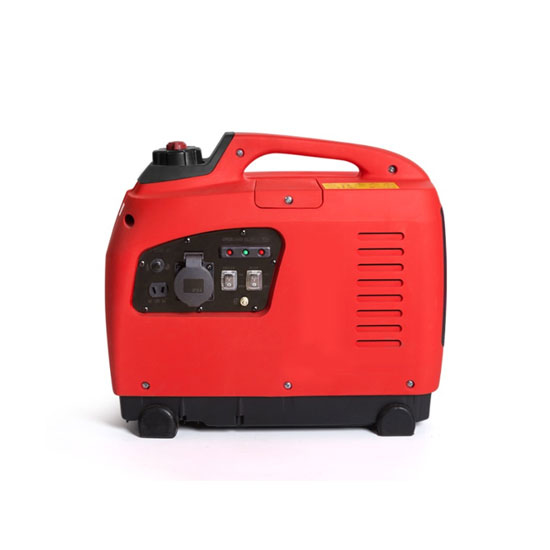An inverter generator is a device that can convert direct current (DC) into alternating current (AC) output. It uses inverter technology to achieve power conversion to achieve more intelligent, efficient and high-quality power output. Inverter.com will bring you the test of the inverter generator mainly involving its evaluation of the efficiency and stability of power conversion.
Preparation stage
Confirm the model and specifications of the inverter generator: Understand the key parameters of the inverter generator such as rated power, rated voltage, and rated current.
Prepare test tools: Including high-precision test equipment such as multimeters, power meters, and efficiency meters. These devices should be calibrated to ensure the accuracy of the test results.
Set up the test environment: Select a stable test environment to ensure that the temperature, humidity, light and other conditions are constant to reduce the impact of external factors on the test results.
Static test
Input voltage test: You can use a multimeter to measure the input voltage of the solar inverter generator to confirm whether it is within the rated range required by the equipment specifications.
Output voltage and current test: Switch the multimeter to the appropriate range and measure the output voltage and current of the inverter generator respectively. Compare the measurement results with the equipment specifications to confirm whether they are within the rated range.
Efficiency test
Use a power meter or efficiency meter to measure the input power and output power of the inverter generator.
Calculate the efficiency of the inverter generator according to the efficiency formula (efficiency = output power/input power * 100%).
Repeat the test multiple times and take the average value to improve the accuracy of the test.
Dynamic test
Load capacity test: Gradually increase the load of the inverter generator and observe the changes in its output voltage and current. Confirm whether the inverter generator operates stably under rated load and whether it can withstand short-term overload without damage.
Transient response test: During the operation of the inverter generator, suddenly change the load (such as increasing or decreasing the load) and observe the recovery time of its output voltage and current. Confirm the response speed and stability of the inverter generator when the load changes.
Grid-connected function test (if applicable): For grid-connected inverter generators, it is necessary to test the stability and safety of their connection to the grid.
Check whether the inverter generator runs synchronously with the grid and confirm whether its output voltage, frequency and phase and other parameters are consistent with the grid.
Other tests
Noise and vibration test: Measure the noise and vibration levels generated by the inverter generator during operation to ensure that it meets relevant standards and regulations.
Protection function test: Test the protection functions of the inverter generator, such as overload protection, short circuit protection, over-temperature protection, etc. Confirm whether these protection functions can respond promptly and cut off power when a fault occurs.
If you want to know more detailed information about the inverter generator, please click Inverter Shop for consultation.
